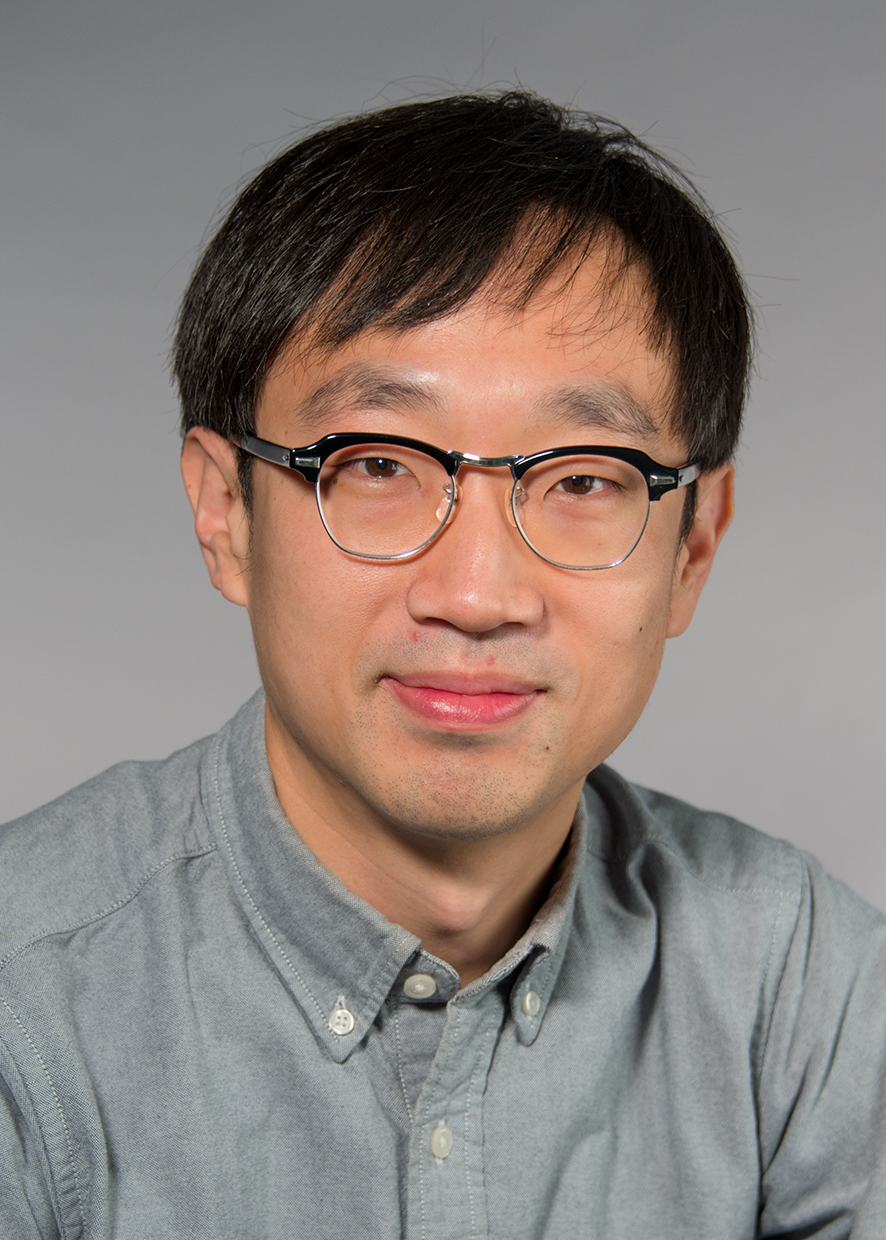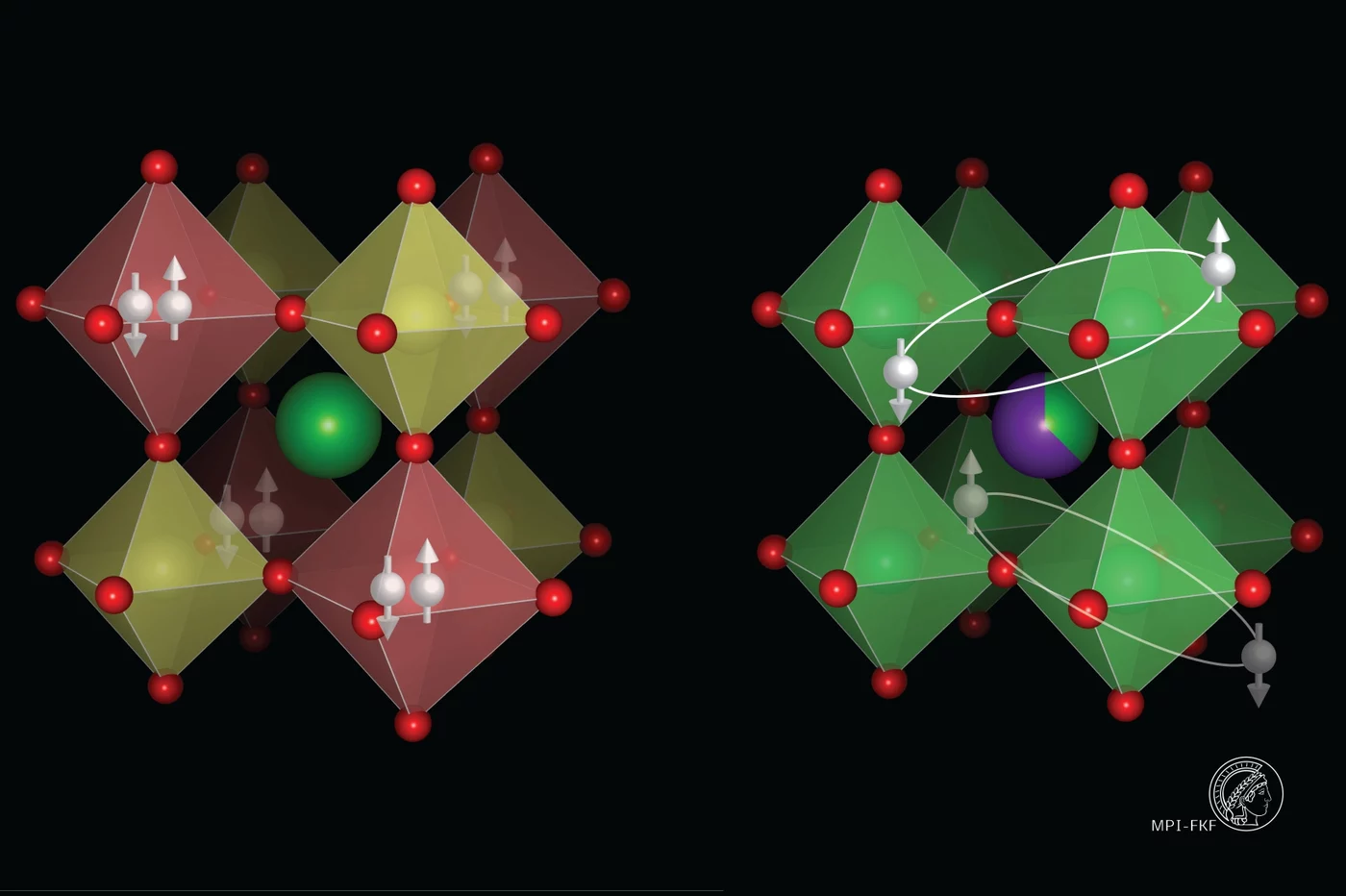 Superconducting materials are able to transfer electrons without any resistance to their flow of motion. This property has applications across a huge range of industries, but superconducting materials tend to only have these exotic properties at extremely low temperatures.
Superconducting materials are able to transfer electrons without any resistance to their flow of motion. This property has applications across a huge range of industries, but superconducting materials tend to only have these exotic properties at extremely low temperatures.
Ba0.6K0.4BiO3 exhibits superconductivity up to a relatively high temperature. Although its high Tc of 30 K is widely reported, the cause of this is still a subject of debate, with multiple models suggested. Minu's research aims to not only discover new superconducting materials with a higher Tc, but also to uncover the mechanisms behind these unusual properties.
One prevailing model involves the electron orbitals from the oxygen ions in the structure interacting with those from the bismuth (Bi) ions, causing charge density transfer and creating new energy levels and accessible oxygen ligand holes for resistance-free electron transfer. To investigate this model further, Minu and his team decided to try making the same material but with antimony (Sb) rather than bismuth. The relative energy levels of the antimony orbitals would cause the charge density transfer to be in the opposite direction to the bismuth-containing compound.
In their quest to create this material, the team took their inspiration from geoscience. Recreating conditions deep within the Earth's mantle by using pressures of over 20 GPa and temperatures of 1900°C, they were able to synthesise a series of compounds with the formula Ba1-xKxSbO3.
By looking at the Sb-O bond lengths in BaSbO3-δ, measured using neutron diffraction on WISH, they could see that there was strong covalency between the antimony and oxygen ions, leading to a stronger interaction than in the bismuth equivalent. Further neutron diffraction experiments enabled them to create a phase diagram for the Ba1-xKxSbO3 series, from which they identified a particular phase that may exhibit superconductivity.

The highest Tc, of 15 K, was observed for Ba0.35K0.65SbO3. Although lower than the Tc of Ba0.6K0.4BiO3, it is higher than the bismuth-equivalent at a similar potassium doping level. This suggests that, if it could be possible to stabilise the structure of an antimony equivalent at the same potassium level, the Tc could be even higher.
Crucially for the field of superconductivity, this research indicates that the direction of charge transfer may not be critical for the mechanism, as the opposite correlation is observed for these two series of materials. These findings sparked renewed interest in exploring similar high Tc materials, which could potentially lead to the development of novel superconductors.
Above figure, left: Two electrons paired in larger Sb-O octahedra, forming a charge-density-wave order in the parent material, BaSbO3. Right: As a charge density wave order is suppressed via chemical substitution, electrons form Cooper pairs, giving rise to superconductivity in (Ba,K)SbO3.
Associated publication: Superconductivity in (Ba,K)SbO3.
